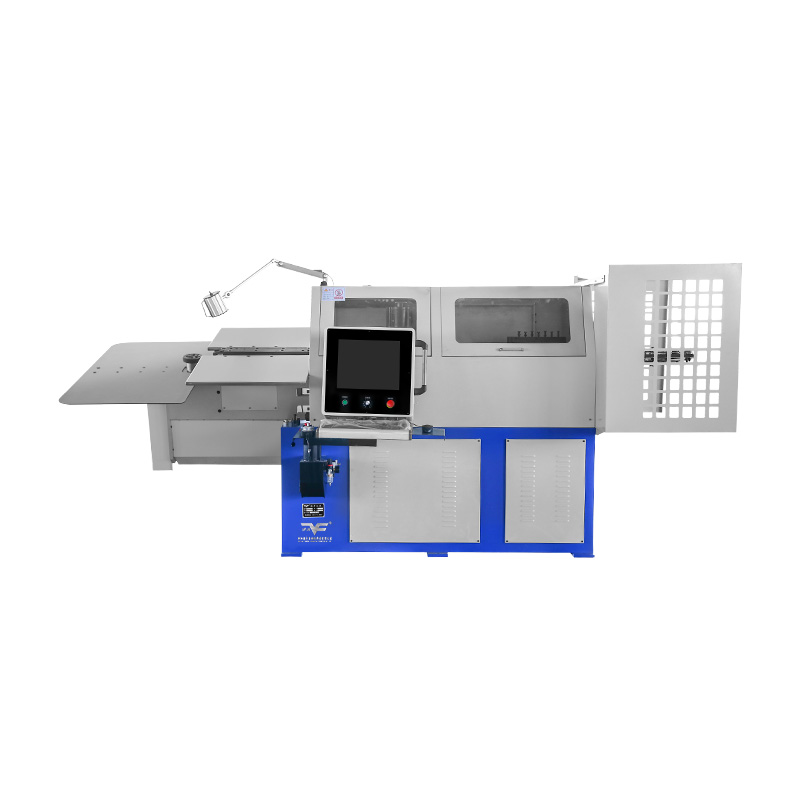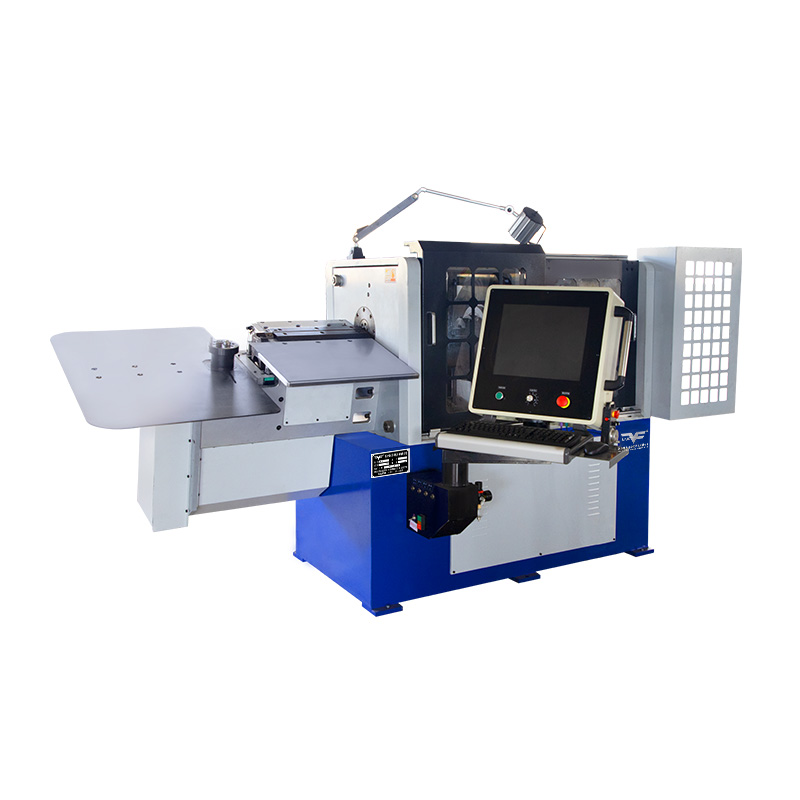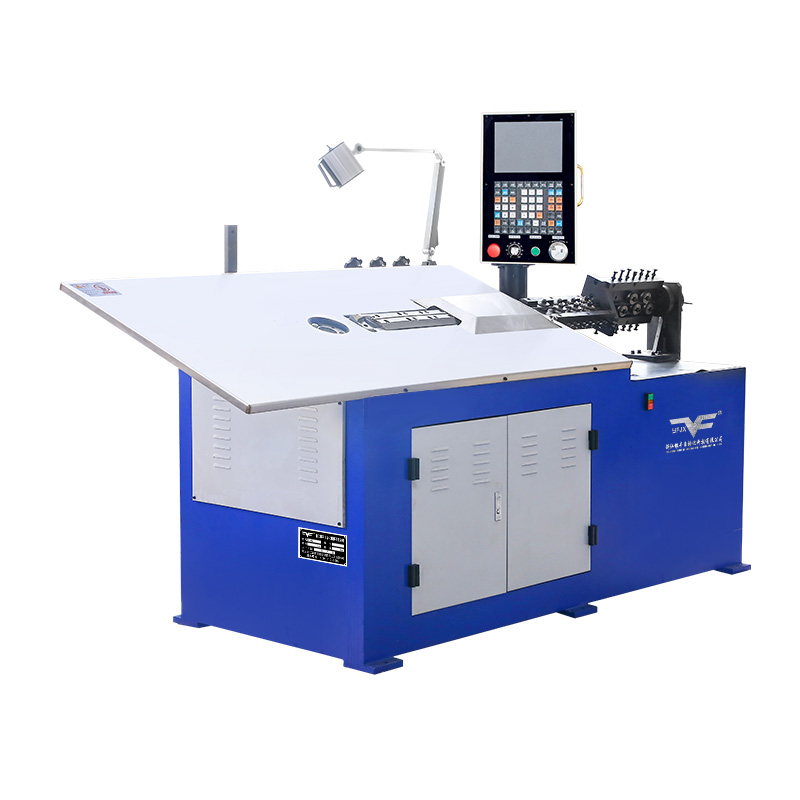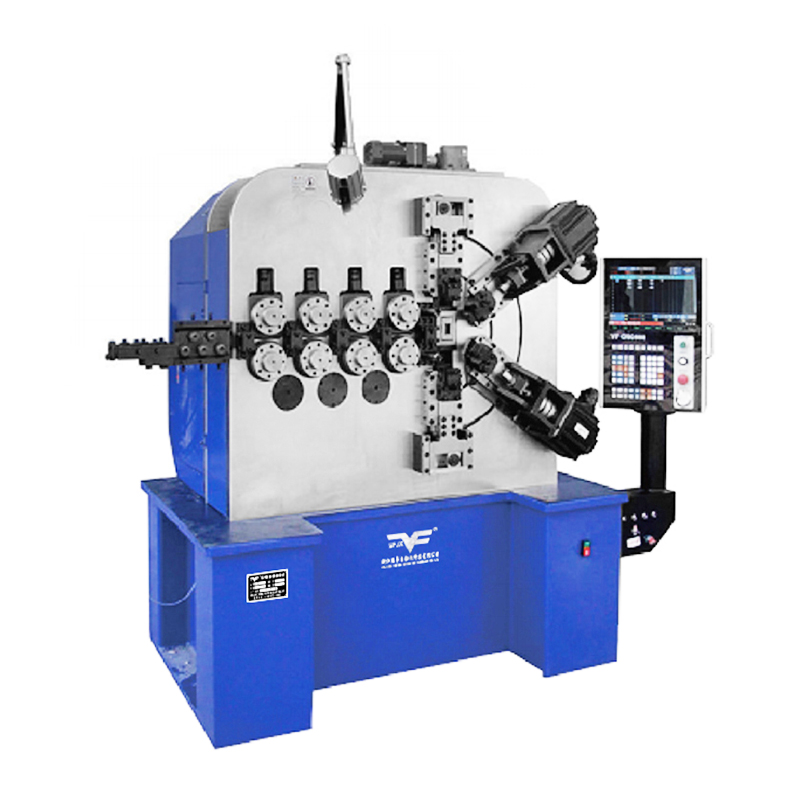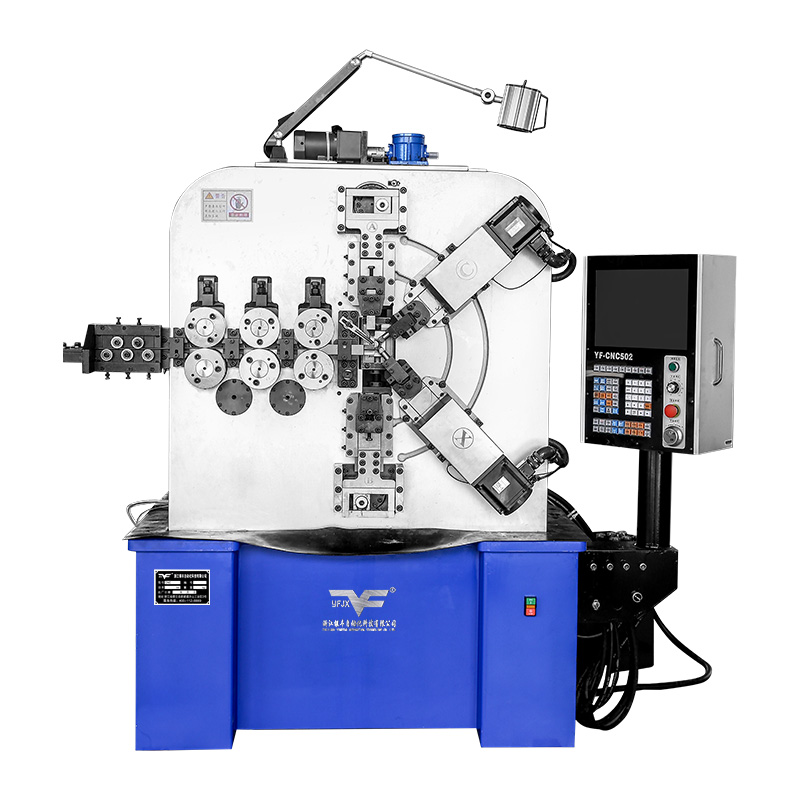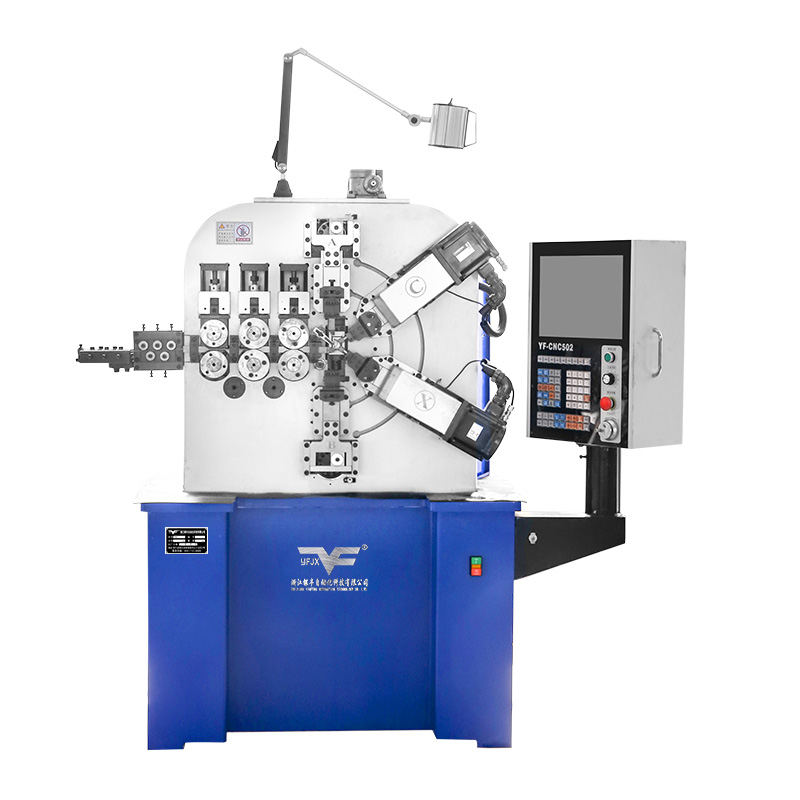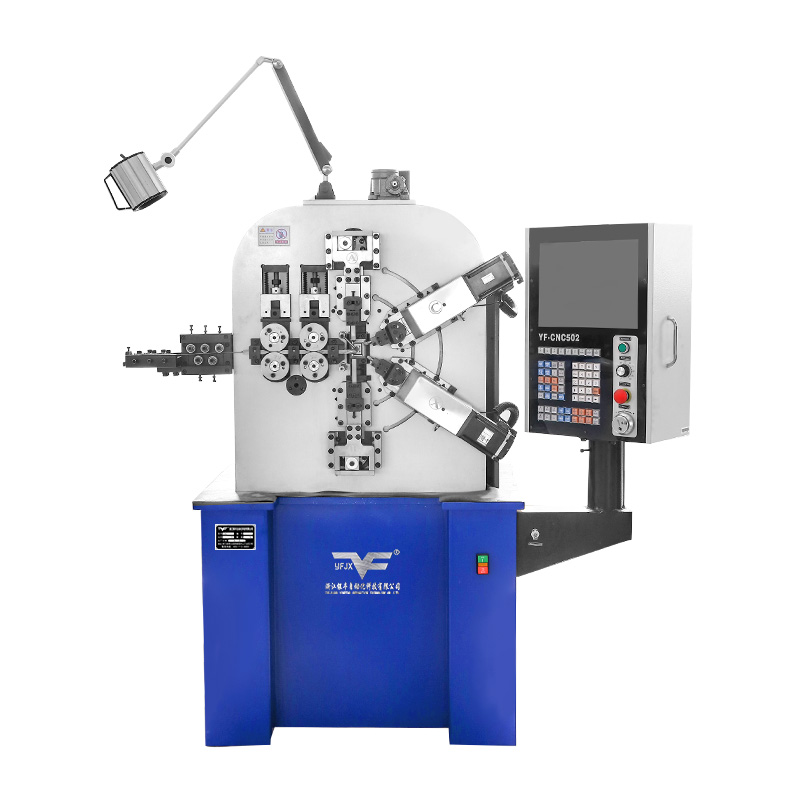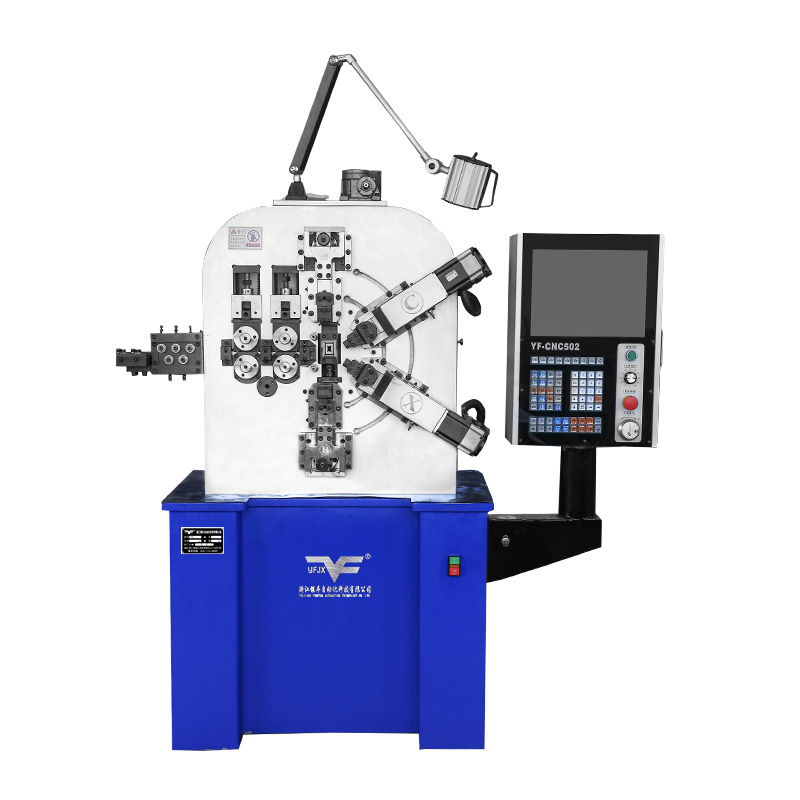New CNC Spring Coiler Designs Improve Wire Forming Precision
Industry News-In recent years, the wire forming industry has seen steady advancements, particularly in how springs are manufactured. One key area of development has been the evolution of the CNC spring coiler. These machines, which automate the process of creating springs with high consistency, have started to feature updated designs aimed at improving precision during wire forming. This shift is helping manufacturers meet more specific design requirements while also reducing production waste.
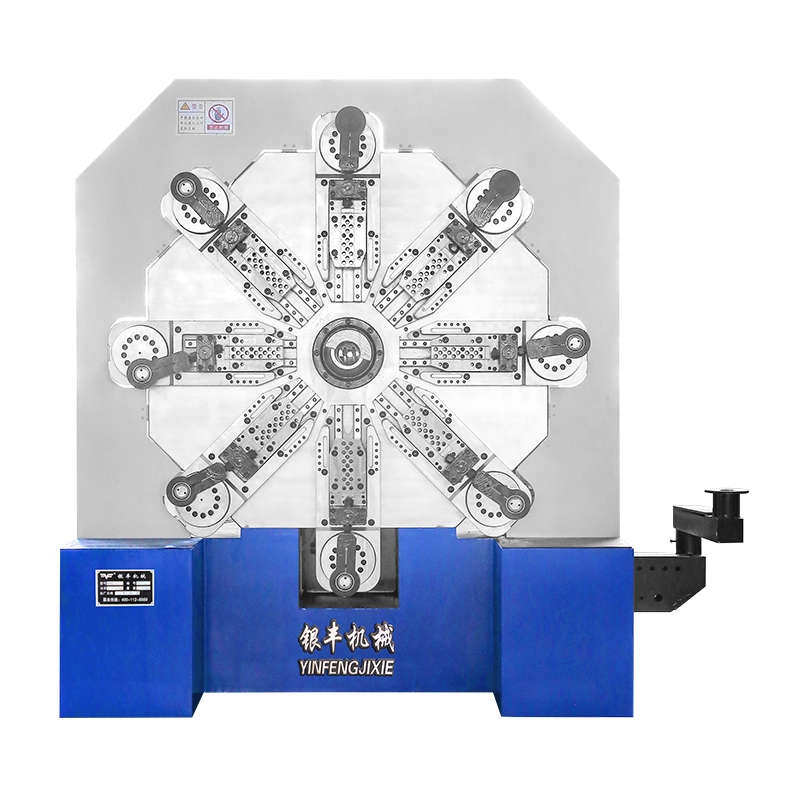
Traditional spring coiling machines have served well in high-volume manufacturing environments. However, as demand grows for more specialized spring shapes and tighter tolerances, the need for smarter, more adaptable systems has become apparent. This is where the newer generation of CNC spring coiler models comes into play. These machines use computer-controlled settings to make real-time adjustments, resulting in more consistent output even with complex wire profiles.
One of the more notable changes in the newer spring coiling machines is the integration of enhanced servo-driven mechanisms. These allow for more accurate movement and positioning of the coiling tools, which in turn helps shape the wire more precisely. Even small improvements in alignment can pilot to noticeable differences in the quality of the final spring product. The newer CNC spring coiler units often include upgraded software interfaces as well, making it easier for operators to tweak parameters without needing extensive retraining.
Another factor that’s gaining attention is the ability to reduce setup time. Earlier versions of the spring coiling machine required more manual adjustments, particularly when switching between different wire sizes or spring types. New designs now make it faster to recalibrate tooling, which means smaller batches can be produced more efficiently. That’s especially important for manufacturers working in industries where customization is a routine part of the job.
From a maintenance standpoint, the redesigned CNC spring coiler machines also bring benefits. Improved build structures and component layouts make routine inspections simpler. Some even feature sensors that notify technicians when parts begin to wear down. This kind of predictive maintenance helps less downtime, keeping operations smoother over longer production runs.
Even though much of the focus has been on precision, it’s worth noting how these design upgrades also influence energy use. Many of the modern spring coiling machines are being built with energy efficiency in mind, whether through more efficient motors or better power management systems. It’s a small detail, but one that can have long-term effects on operating costs.
In terms of broader application, the updated CNC spring coiler designs are being used across various sectors, from automotive to consumer electronics. Each industry has its own set of standards and performance needs, and the flexibility built into these machines allows them to serve a wide range of specifications. Whether the job involves compression springs, tension springs, or more intricate wire forms, having precise control over each coil makes a noticeable difference.
The evolution of the spring coiling machine—driven by smarter software, better mechanics, and a focus on usability—is reshaping the way manufacturers approach wire forming. With the new generation of CNC spring coiler models, production teams now have tools that not only meet technical requirements but also support more efficient workflows.

 English
English русский
русский Español
Español 简体中文
简体中文